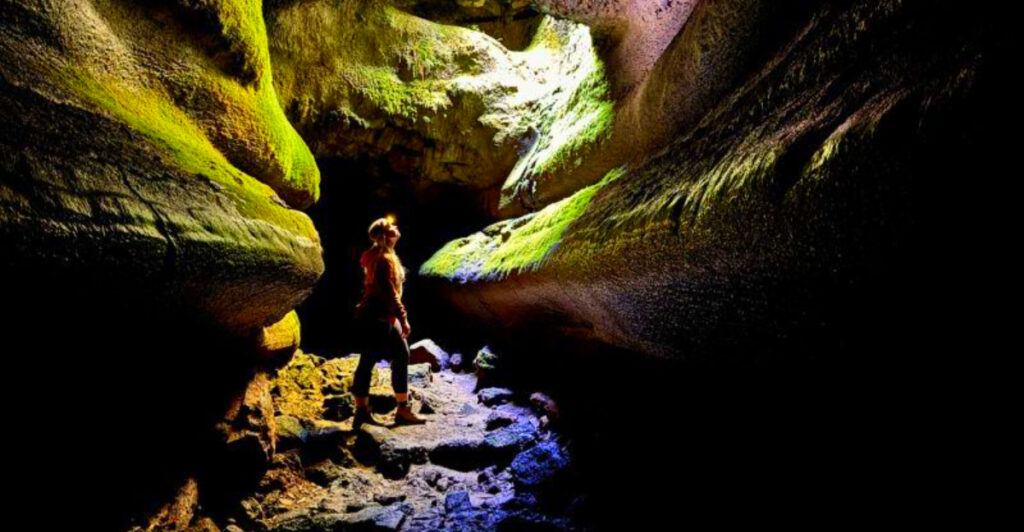Ever wondered what it’s like to step into total darkness, deep beneath the earth’s surface? Hidden just outside Mount St. Helens, Ape Cave in Washington is a natural wonder unlike any other – a two-mile lava tube carved by molten rock thousands of years ago. Today, it’s one of the longest lava tubes in North America, and you don’t need special gear to explore it – just a flashlight, a sense of adventure, and maybe a warm jacket. From easy walks to challenging climbs, Ape Cave offers an unforgettable journey into the volcanic heart of the Pacific Northwest.
1. It’s One of the Longest Lava Tubes in North America
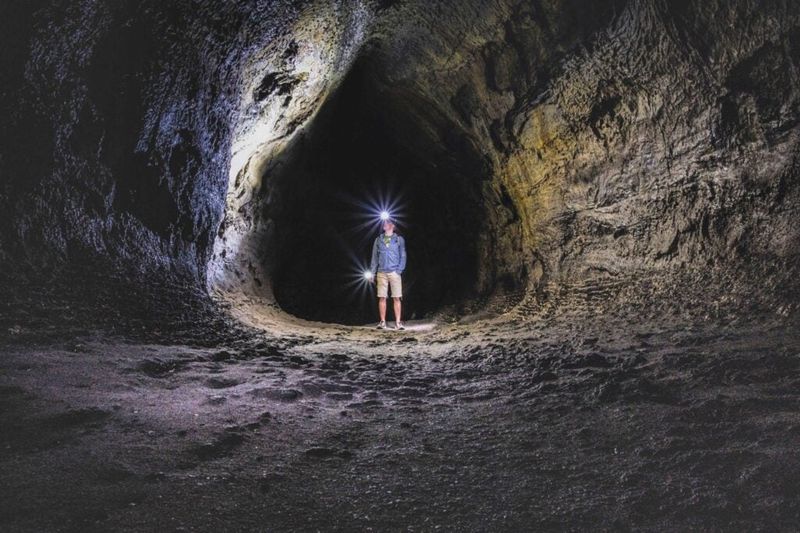
Ape Cave stretches more than 2 miles long, making it the third-longest lava tube on the continent. Lava tubes of this size are relatively rare outside volcanic regions like Hawaii or Iceland. Walking inside gives visitors a chance to imagine how molten rock once flowed through the same space. Its long, continuous tunnel shows how a single eruption can permanently alter a landscape. The length of the cave allows for both casual strolls and serious exploration. Few places in the U.S. let you walk through such an extensive volcanic formation.
2. The Cave Was Formed by a Mount St. Helens Eruption

About 2,000 years ago, lava from Mount St. Helens carved this underground passage. Lava tubes form when the outer surface of a lava flow cools and hardens while molten lava continues to flow inside. Once the eruption subsides, the molten rock drains away, leaving an empty tunnel. Ape Cave’s size tells geologists that the eruption was massive and sustained. Studying its walls helps scientists understand how volcanoes behave in the Cascade Range. It’s a living classroom in geology, preserved beneath the forest floor.
3. There Are Two Main Routes to Explore
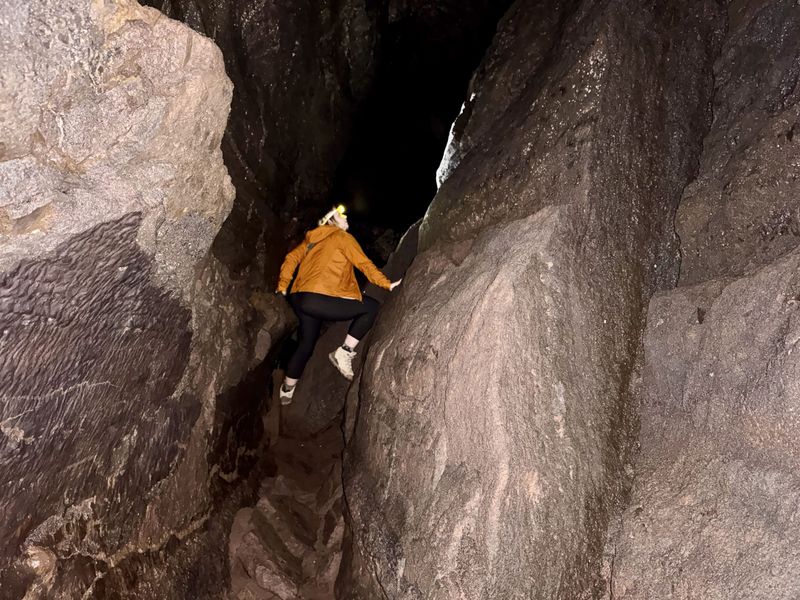
The cave features two distinct experiences for hikers. The Lower Cave is relatively flat, making it accessible for families and first-time explorers. It’s about 1.5 miles round trip and offers the thrill of being underground without technical challenges. The Upper Cave, however, is far more rugged, with giant rock piles and narrow passages. At one point, adventurers must scale an 8-foot lava wall, adding a sense of real expedition. These two routes demonstrate how varied lava tube interiors can be, from gentle paths to obstacle-filled mazes.
4. You’ll Need a Flashlight – or Two

Inside Ape Cave, there is no natural light at all. Cell phone flashlights are too weak to safely navigate the uneven terrain. Rangers recommend bringing at least two reliable light sources, like a headlamp and a sturdy flashlight. Spare batteries are also essential, since hikes can take longer than expected. Good lighting not only prevents trips and falls but also reveals fascinating textures on the cave walls. Proper preparation turns the cave from a dangerous place into an awe-inspiring adventure.
5. Temperatures Stay Cold Year-Round
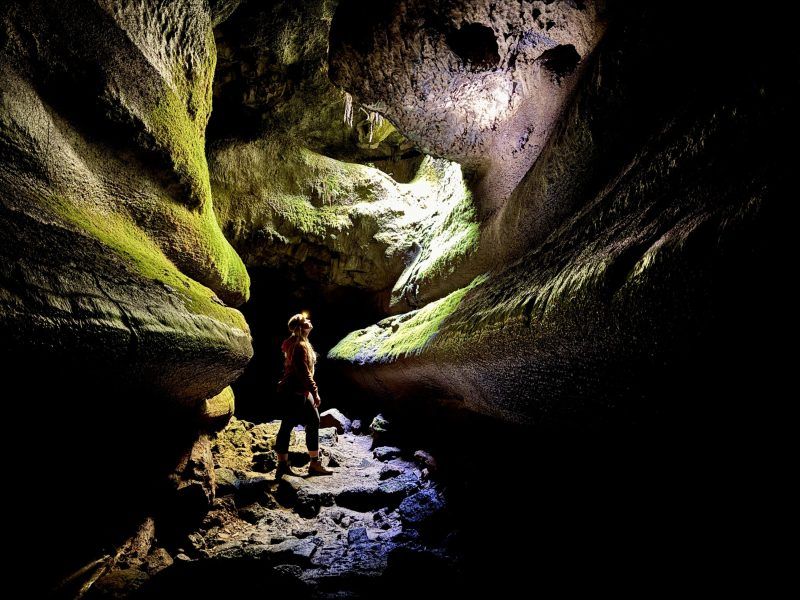
No matter how hot it is outside, Ape Cave stays a steady 42°F. This constant chill is because underground environments are insulated from the weather above. Visitors are often surprised to see their breath in the middle of summer. The cold air preserves the cave’s features and supports unique ecosystems. Dressing in warm layers and wearing sturdy shoes ensures a safe and comfortable experience. Exploring the cave without preparation can quickly become unpleasant, even on the sunniest days.
6. The Name Has a Fun Origin Story
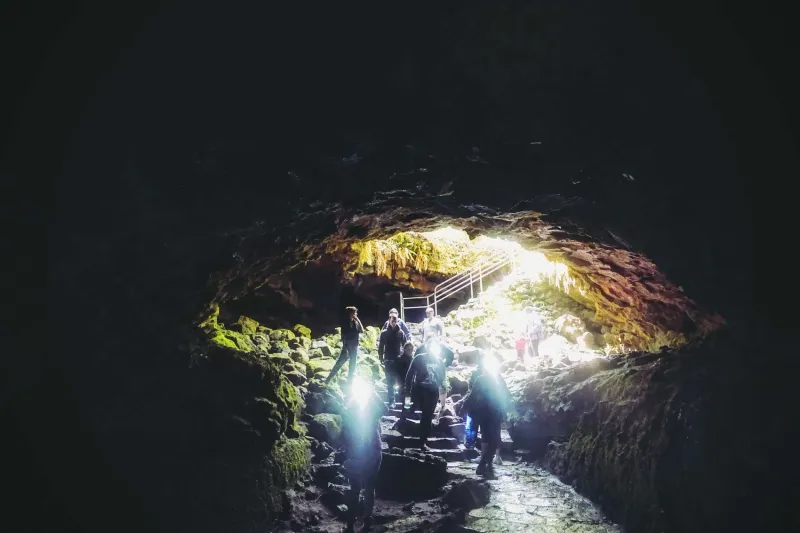
Despite local legends, Ape Cave isn’t named after Bigfoot. The name actually comes from the Mount St. Helens Apes, a local outdoors group from the 1950s. They were among the first to map and promote the cave as a natural wonder. Over time, the unusual name stuck and added to the site’s mystique. Bigfoot enthusiasts still enjoy visiting, since the region is steeped in Sasquatch folklore. This playful naming history adds an extra layer of charm to the already fascinating cave.
7. It’s Part of Gifford Pinchot National Forest
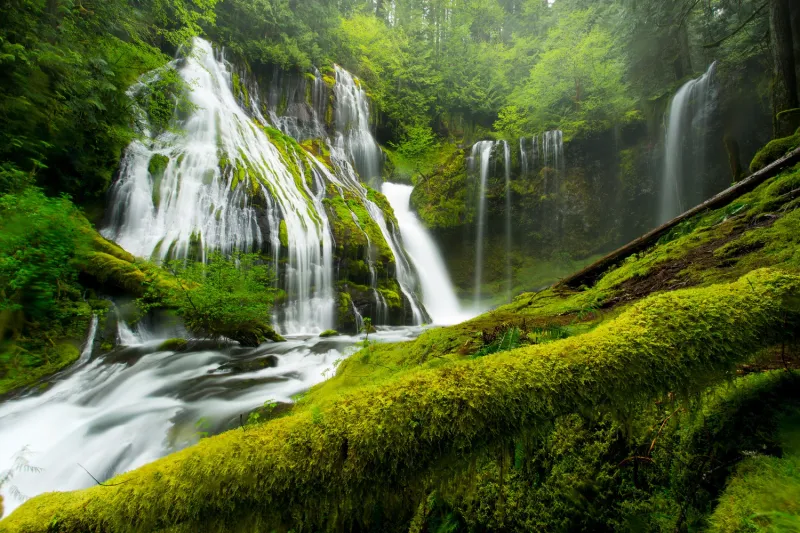
Ape Cave lies within the expansive Gifford Pinchot National Forest, one of the oldest national forests in the United States. The area covers over 1.3 million acres of wilderness, rivers, and volcanic landscapes. The cave is just one of many natural attractions, including old-growth forests and alpine lakes. Because it’s part of a protected area, the cave is carefully managed to balance tourism with conservation. Visitors are encouraged to explore responsibly, leaving the forest as they found it. The setting adds to the cave’s appeal, making it a gateway to countless outdoor adventures.
8. Reservations Are Required in Peak Season

During the busy summer months, permits are required to enter Ape Cave. This system was introduced to protect the cave and ensure a better experience for visitors. Overcrowding can damage delicate features and make navigation difficult. Booking a timed entry pass in advance through recreation.gov guarantees access. Limiting numbers also helps preserve the fragile underground ecosystem. While it requires planning, the system ensures the cave remains a sustainable attraction for generations.
9. Lava Tubes Are Fragile Ecosystems
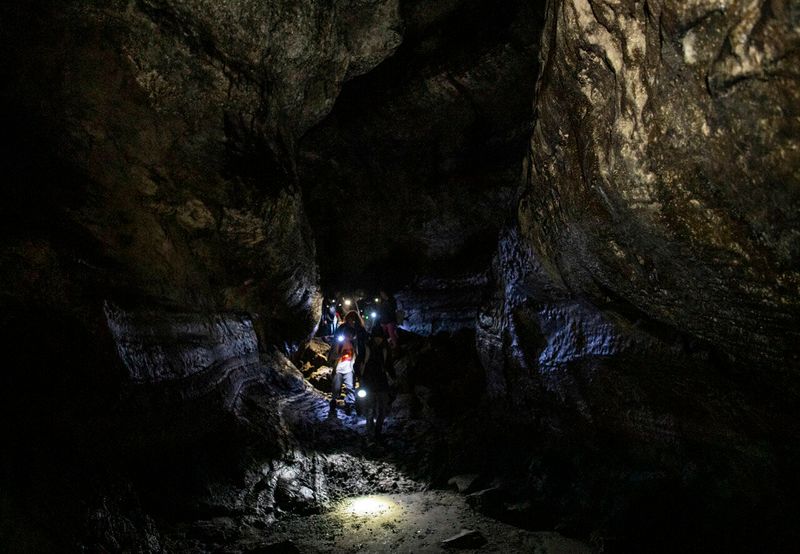
Though they appear rugged, lava tubes are surprisingly delicate. Touching the walls can leave behind oils that damage or stain the rock. Small cave formations, like mineral deposits, can take thousands of years to form but seconds to destroy. Bats sometimes roost in the cave, relying on its stable temperatures for survival. Visitors are asked to follow “Leave No Trace” principles to protect these creatures. By respecting the cave’s rules, explorers help safeguard a rare natural wonder.
10. It’s a Bucket-List Adventure for Outdoor Lovers
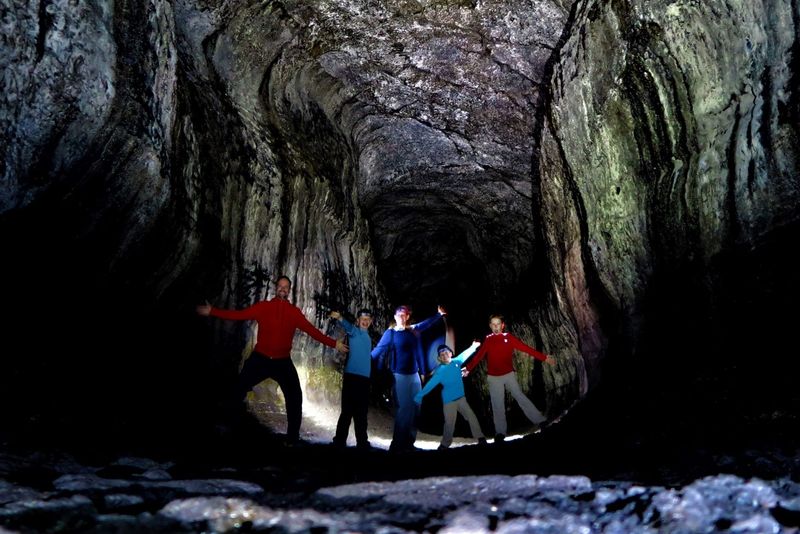
Exploring Ape Cave is unlike any other hike in Washington. It combines geology, adventure, and history in one unforgettable experience. Walking through the tube feels otherworldly, as if stepping into the earth’s hidden chambers. The mix of easy and challenging routes means there’s something for everyone. Beyond the cave, the Mount St. Helens area offers even more opportunities for learning and exploration. For travelers and locals alike, Ape Cave is a must-visit that leaves lasting memories.

